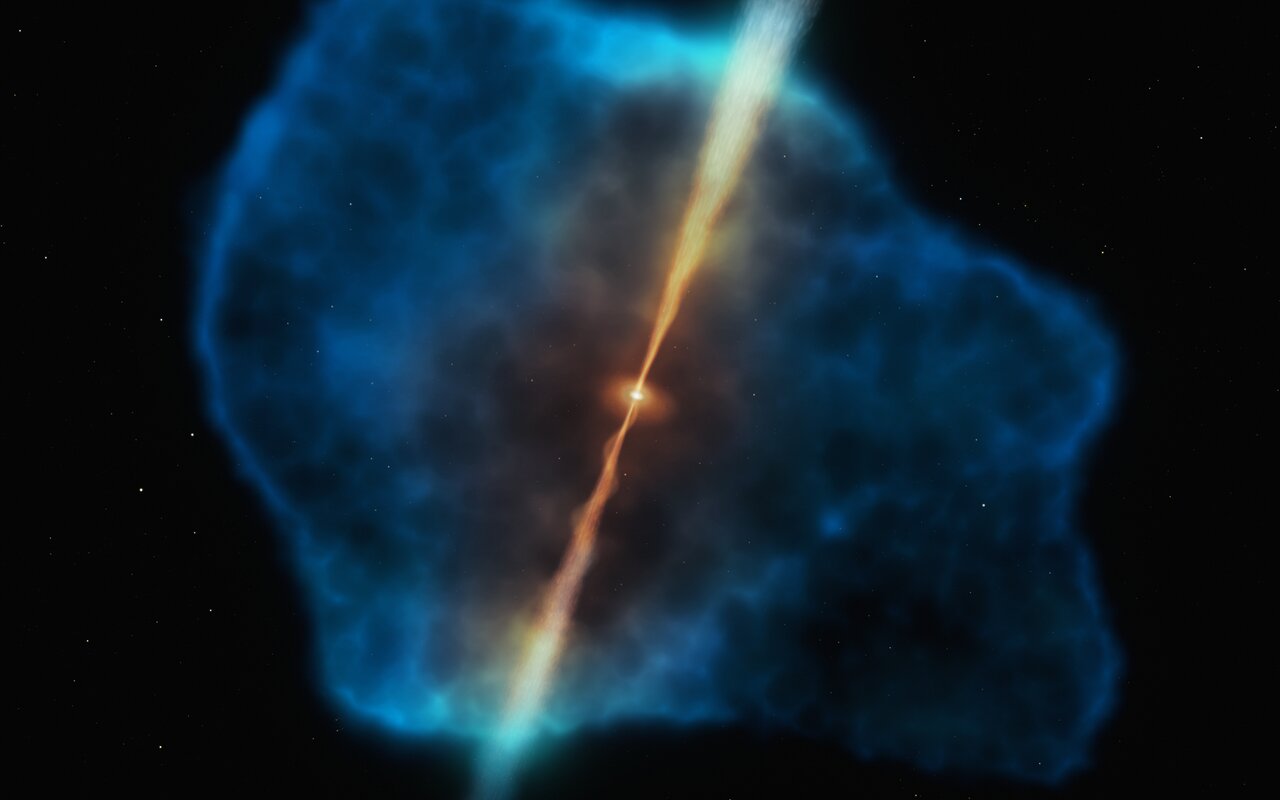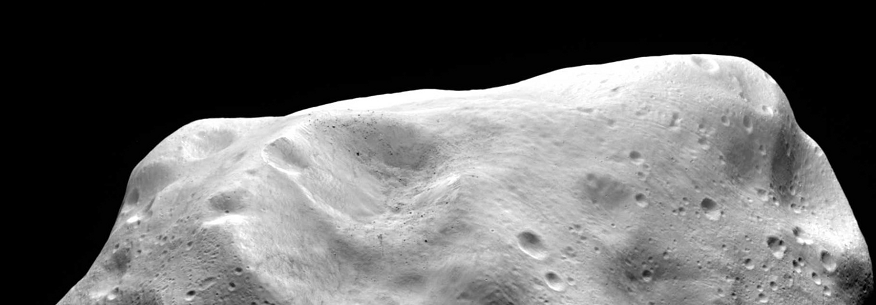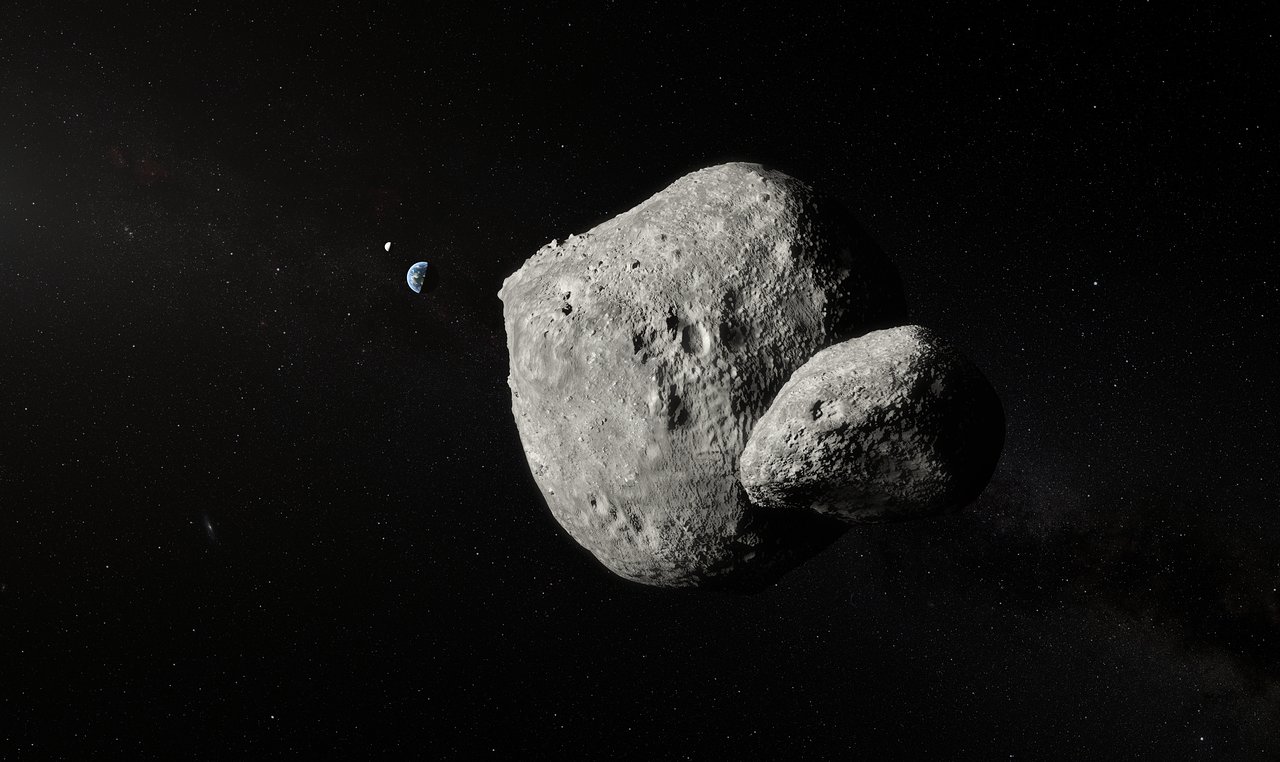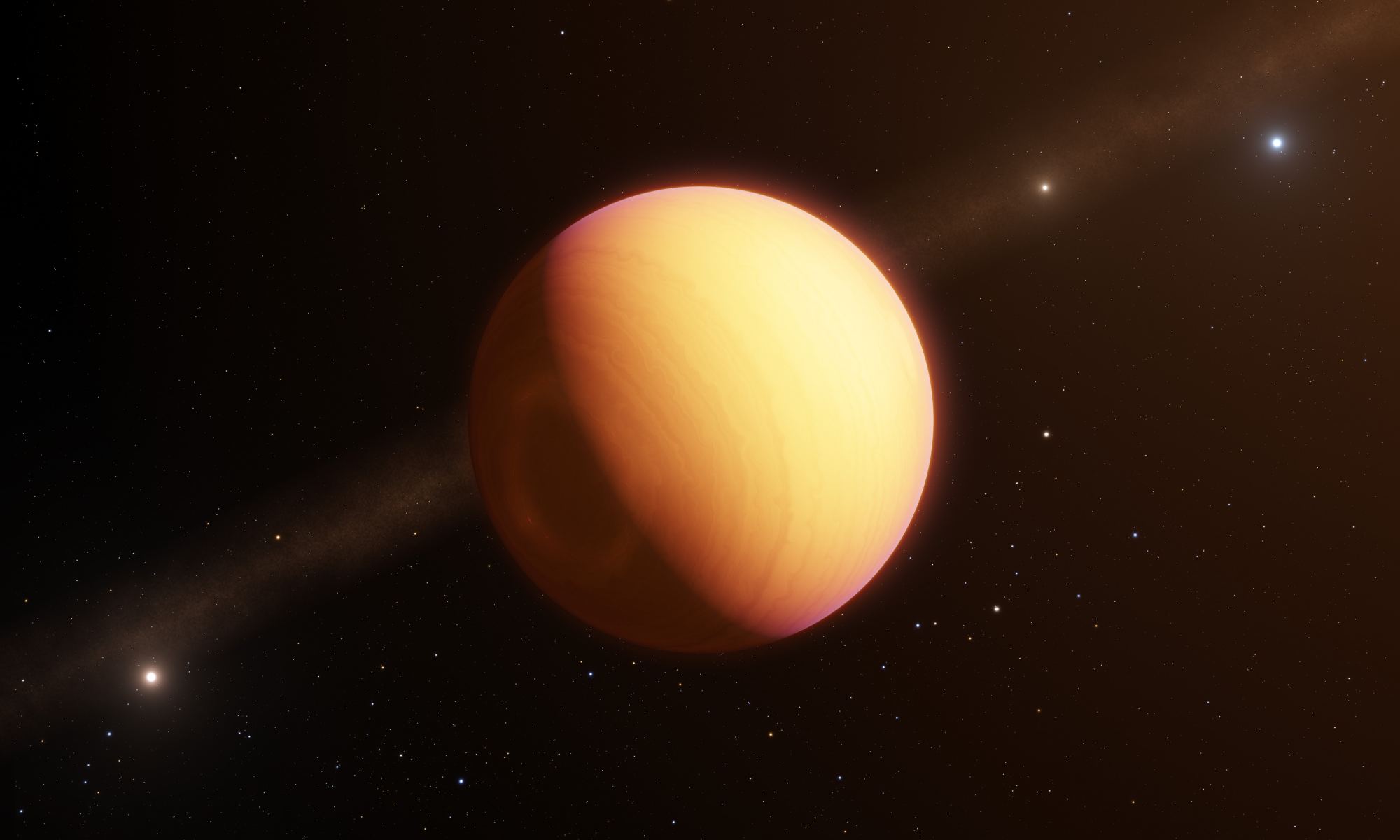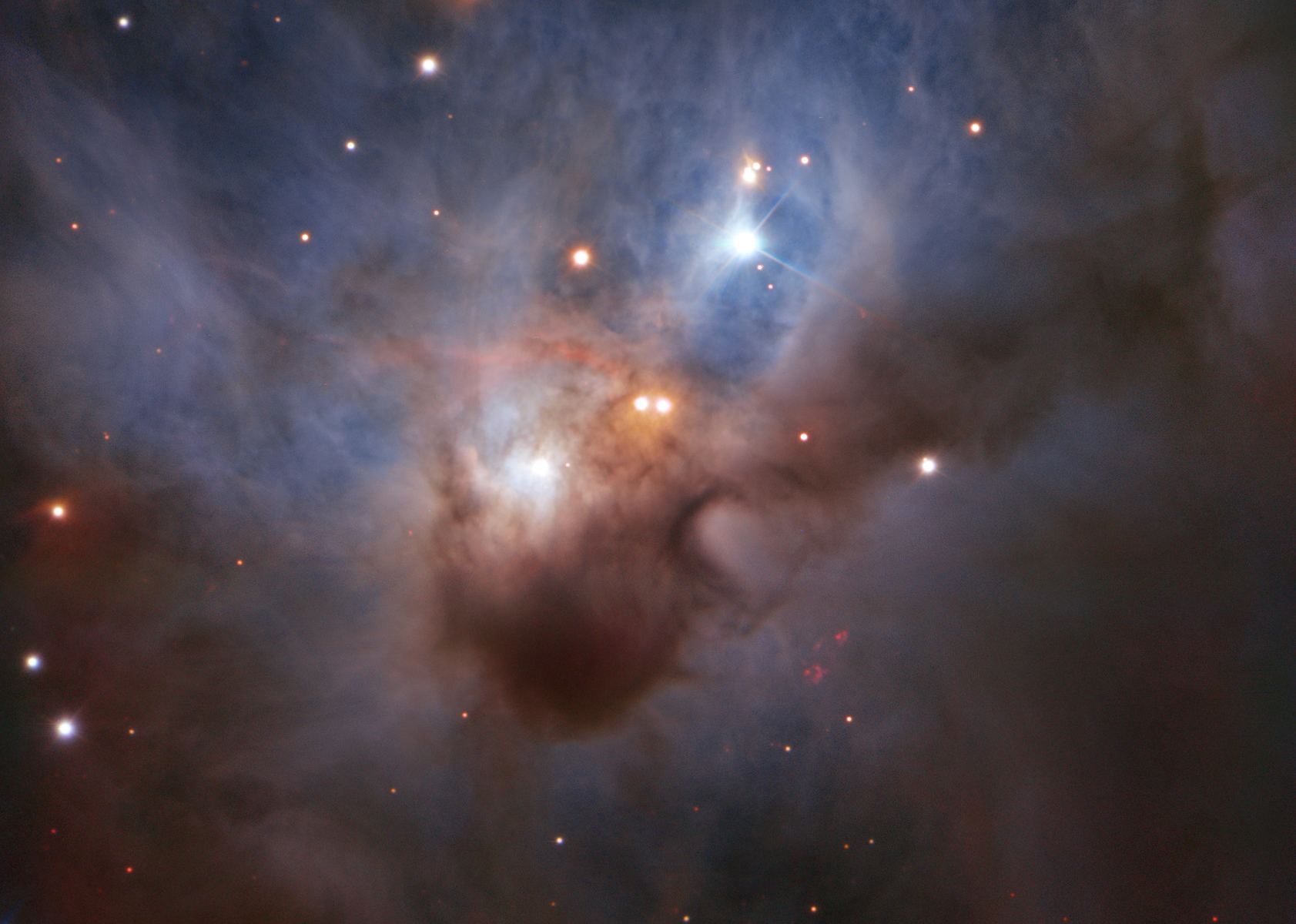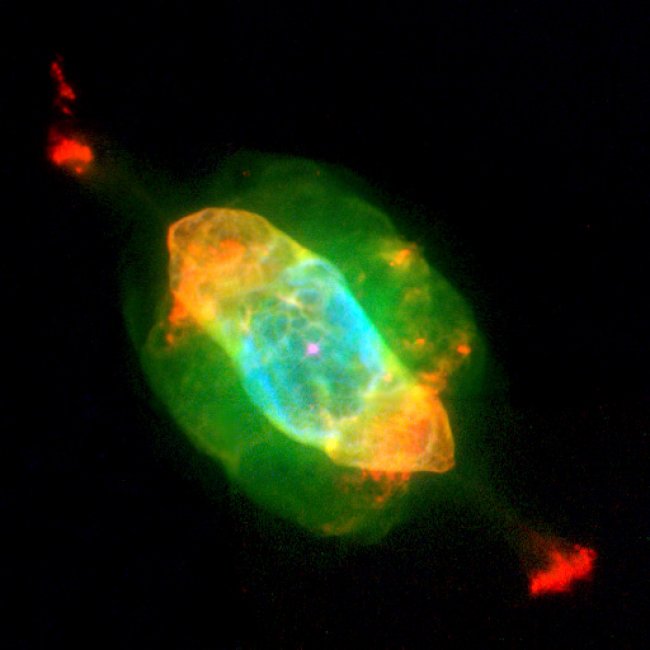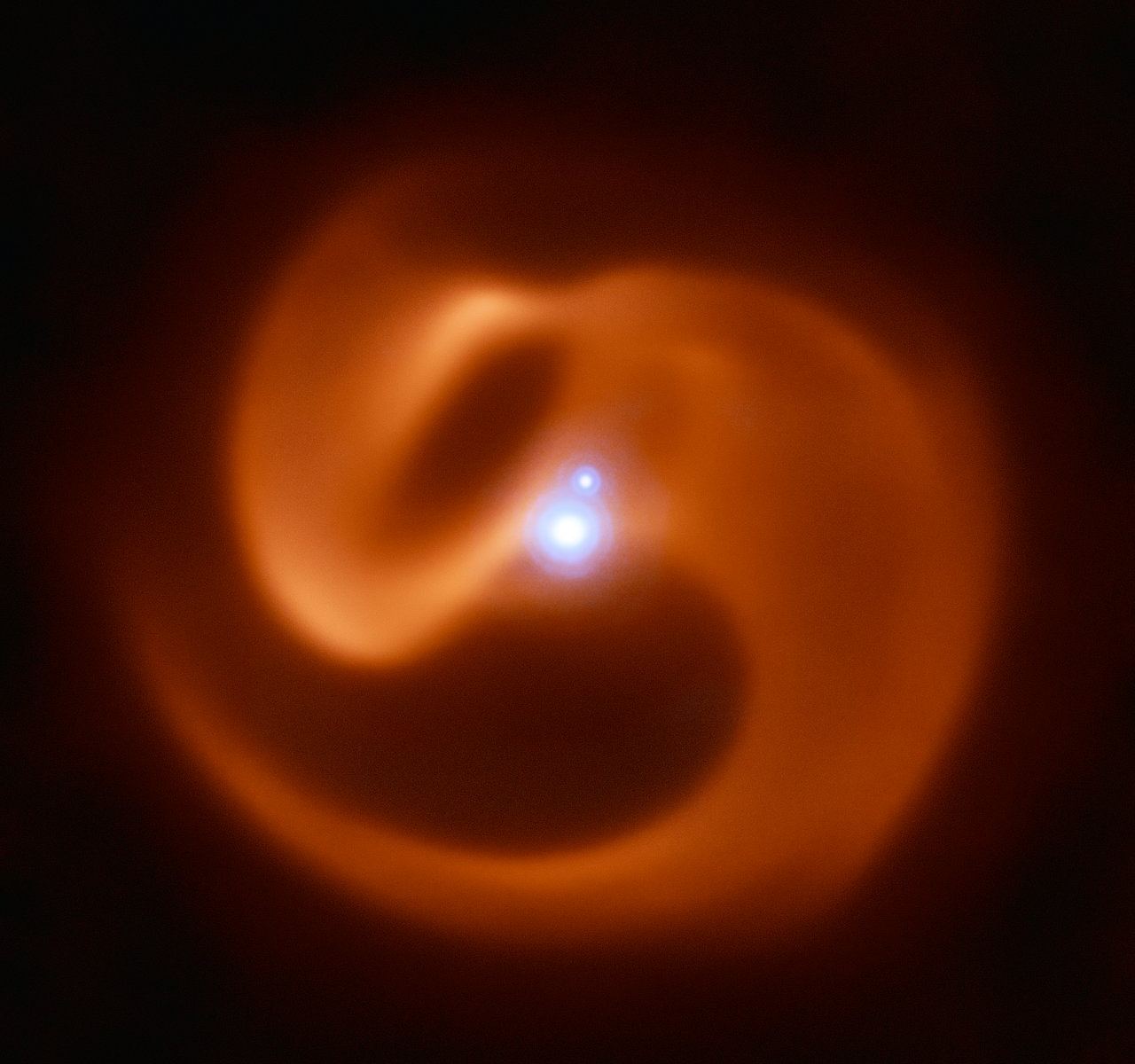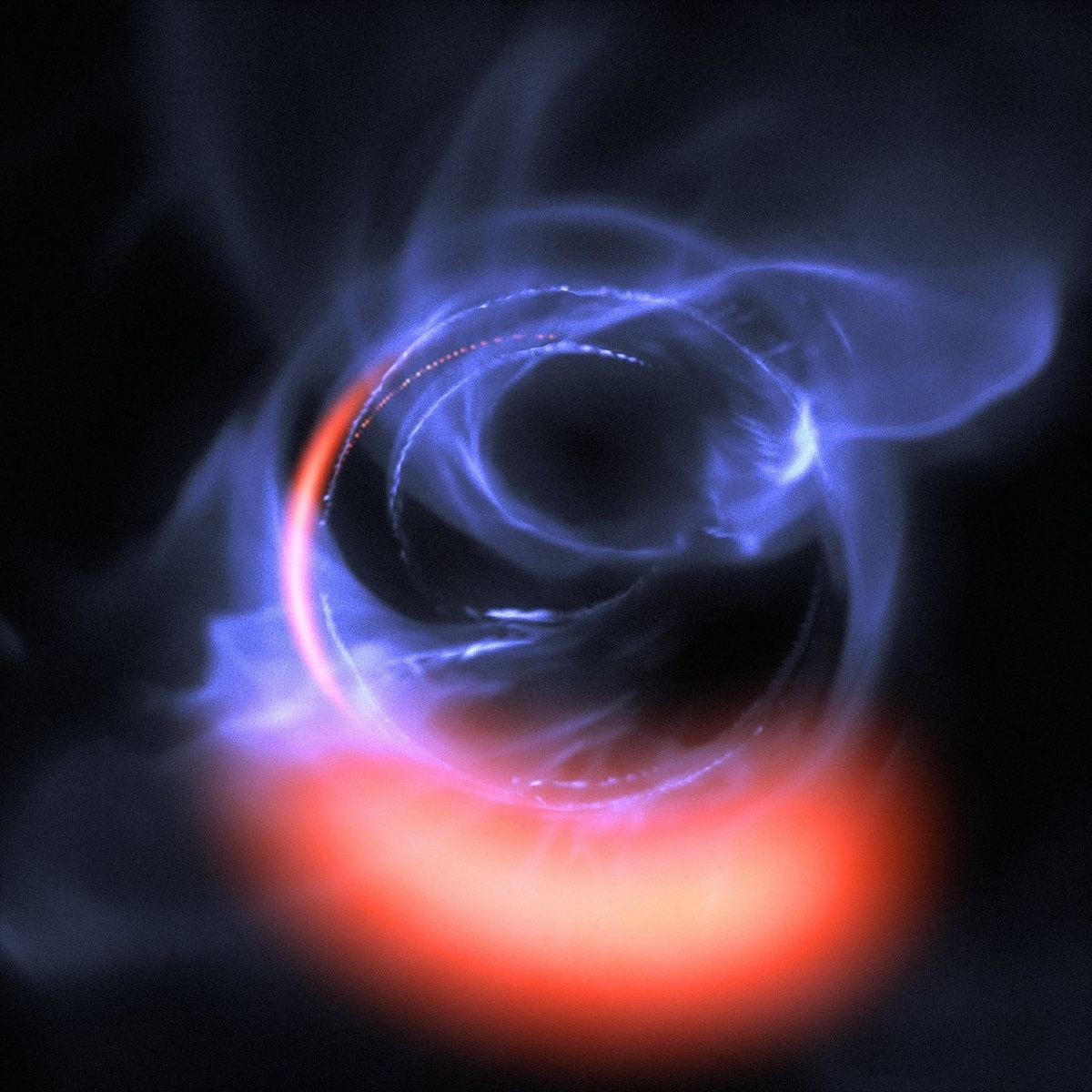Thanks to the vastly improved capabilities of today’s telescopes, astronomers have been probing deeper into the cosmos and further back in time. In so doing, they have been able to address some long-standing mysteries about how the Universe evolved since the Big Bang. One of these mysteries is how supermassive black holes (SMBHs), which play a crucial role in the evolution of galaxies, formed during the early Universe.
Using the ESO’s Very Large Telescope (VLT) in Chile, an international team of astronomers observed galaxies as they appeared about 1.5 billion years after the Big Bang (ca. 12.5 billion years ago). Surprisingly, they observed large reservoirs of cool hydrogen gas that could have provided a sufficient “food source” for SMBHs. These results could explain how SMBHs grew so fast during the period known as the Cosmic Dawn.
Continue reading “Black Holes Were Already Feasting Just 1.5 Billion Years After the Big Bang”
